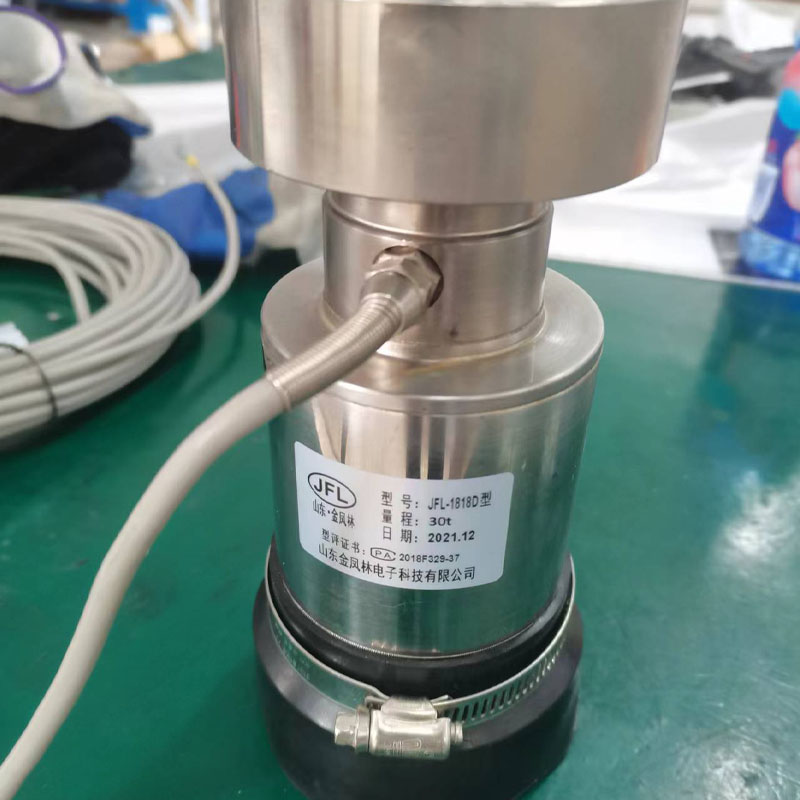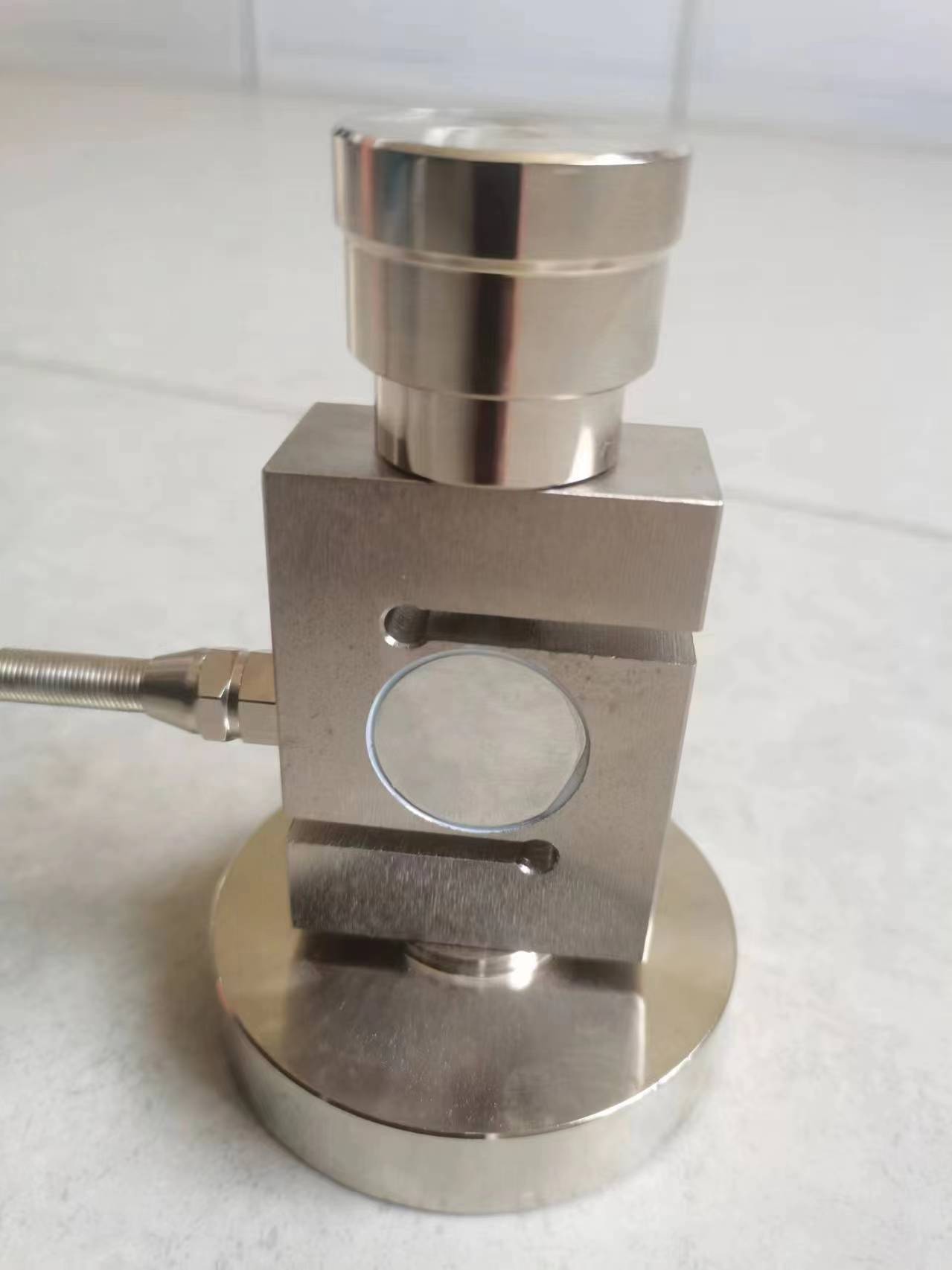
How Do Load Cells Work? A Comprehensive Guide
Load cells are precision instruments used to measure force, weight, or pressure in various industrial, commercial, and research applications. They are integral to systems that require accurate force measurement, from industrial scales to testing machines. But how do load cells work? Let’s delve into their operating principles, components, and applications.

The Basic Principle: Force-to-Electrical Conversion
At the heart of a load cell’s operation is its ability to convert applied force into an electrical signal. This process involves deformation, resistance changes, and signal processing:
Force Application
A force (such as weight or tension) is applied to the load cell. This force causes the load cell's structure to deform slightly.
Strain Measurement
Strain gauges, bonded to the load cell's structure, measure the deformation.
Strain gauges are devices that change their electrical resistance when stretched or compressed.
Electrical Signal Generation
The deformation causes a change in the resistance of the strain gauges.
A Wheatstone bridge circuit is typically used to detect these resistance changes, generating a proportional electrical signal.
Signal Conditioning
The raw signal from the strain gauges is weak and needs amplification.
Signal conditioning circuits boost the signal for accurate measurement and may convert it into digital form.
Data Output
The processed signal is sent to a display or control system, representing the measured force, weight, or pressure.
Types of Load Cells

Understanding how load cells work also involves recognizing their various designs, tailored for specific applications:
Compression Load Cells
Measure forces pushing down.
Common in platform scales and industrial weighing systems.
Tension Load Cells
Measure forces pulling apart.
Used in crane scales and tensile testing machines.
Shear Beam Load Cells
Measure force through shear deformation.
Ideal for conveyor scales and batching systems.
Button Load Cells
Compact and suitable for confined spaces.
Used in robotics and compact industrial systems.
Multi-Axis Load Cells
Measure forces in multiple directions simultaneously.
Used in advanced research and aerospace applications.
Applications of Load Cells
Load cells are vital in industries where accurate force measurement is crucial:
Weighing Systems: From laboratory balances to industrial truck scales.
Material Testing: Measuring tensile, compressive, and flexural strength.
Industrial Automation: Monitoring forces in robotic arms and automated systems.
Aerospace: Testing the structural integrity of components.
Logistics: Verifying weights for shipping and compliance.
Advantages of Load Cells
High Precision
Accurate measurements, even for small forces.
Durability
Designed to withstand harsh industrial environments.
Versatility
Available in various designs and capacities to meet diverse needs.
Reliability
Consistent performance over time with minimal drift.
Conclusion
Load cells are indispensable tools in modern industries, ensuring accurate and reliable force measurement. By understanding how load cells work, engineers and operators can optimize their systems for better performance, safety, and efficiency.
For high-quality load cells designed for precision and durability, consider solutions from Shandong Jinfenglin Electronic Technology Co., Ltd. Contact them today to learn more about their industry-leading products!





 售前客服
售前客服